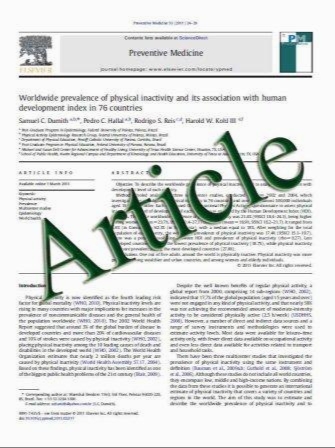The Myocardium of Fetuses with Endocardial Fibroelastosis Contains Fewer B and T Lymphocytes than Normal Control Myocardium
- نوع فایل : کتاب
- زبان : انگلیسی
- مؤلف : Nisha M. Fernandes • Glenn P. Taylor • Cedric Manlhiot • Brian W. McCrindle • Michael Ho • Steven E. S. Miner • Adelle Atkinson • Edgar T. Jaeggi •
- چاپ و سال / کشور: 2011
Description
The observation that endocardial fibroelastosis (EFE) can result from an immune response to maternal autoantibody deposition in the fetal myocardium raises the possibility that the fetal immune system may contribute to the pathogenesis of idiopathic EFE and dilated cardiomyopathy (DCM). This study sought to characterize myocardial immune cell presence in fetuses and neonates with idiopathic EFE ? DCM, in those with EFE ? structural heart disease, and in normal control subjects. Paraffin tissue sections from fetuses identified from the pathology database were stained for B cell, T cell, macrophage, and general hematopoietic cell surface markers. Of the 14 fetuses included in the study, 5 had EFE ? DCM, 4 had EFE ? structural heart disease, and 5 were normal control fetuses. The EFE ? DCM group had fewer B cells than the control group (0.15 vs. 0.44 cells/mm2; p = 0.005). The EFE ? heart disease group had both fewer B cells (0.18 vs. 0.44 cells/mm2; p = 0.08) and T cells (0.29 vs. 0.80 cells/ mm2; p = 0.04) than the control group. The CD4/CD8 ratio was similar in the EFE ? DCM and EFE ? heart disease groups (1.0 vs. 0.9; p = 0.17) but higher in the EFE ? DCM group than in the control group (0.9 vs. 0.3; p = 0.03). The myocardium of fetuses with EFE contains fewer B and T lymphocytes than normal control fetuses.
Pediatr Cardiol DOI 10.1007/s00246-011-9980-1 Received: 12 December 2010 / Accepted: 22 March 2011


